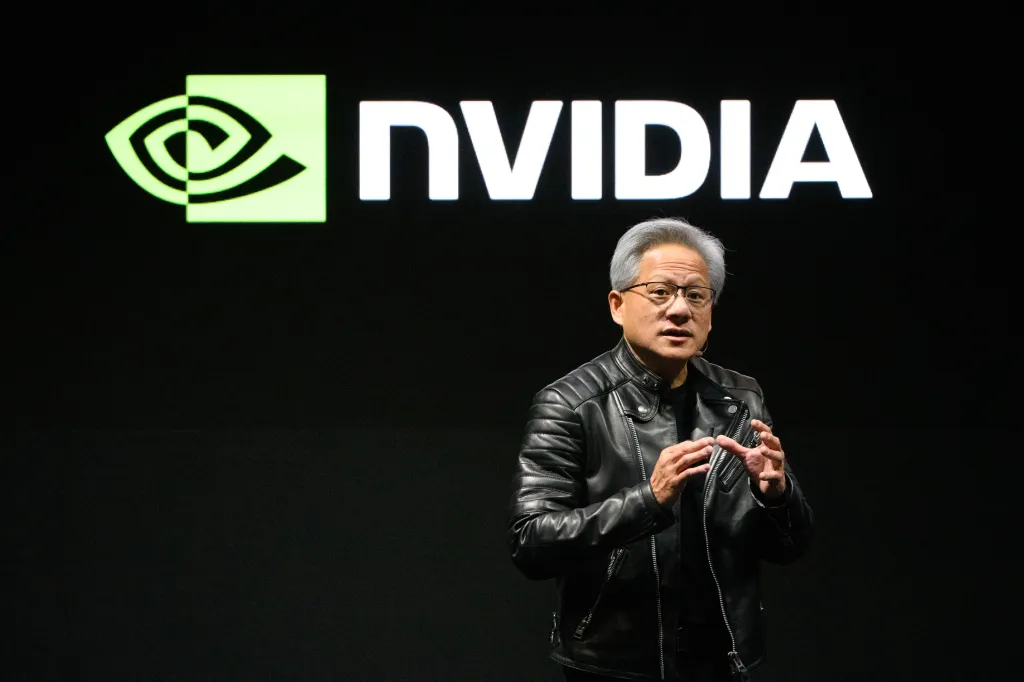ANALYSIS: Behind the Dueling Narratives Shaping Nvidia's Market Valuation

SANTA CLARA, Calif. — A series of high-profile reports detailing over $1 billion in stock sales by Nvidia executives, coupled with intensifying speculation about emerging competitors in the artificial intelligence sector, has ignited a fierce debate over the technology giant's future. The developments have pitted a narrative of caution, focused on insider confidence and a changing competitive landscape, against a robust, forward-looking strategy underscored by new market development and overwhelmingly bullish Wall Street analysis.
Scrutiny Over Executive Stock Sales
At the center of the debate are recent executive stock transactions. Financial analysts, however, are contextualizing these sales as a predictable outcome of the company's extraordinary stock performance. Experts at major investment banks note that such sales, while large in absolute terms, are often part of pre-arranged trading plans, known as 10b5-1 plans, which are scheduled far in advance to avoid any appearance of trading on non-public information. This allows executives to diversify their personal holdings in a structured manner, a common practice for leaders whose compensation is heavily weighted in company equity following periods of massive appreciation.
“When a stock experiences a several-hundred-percent gain in a short period, it is standard financial planning for executives to realize some of those gains,” a senior analyst at a wealth management firm, who spoke on the condition of anonymity, explained. “The key metric isn't the dollar amount sold, but the percentage of their total holdings it represents, which in many cases remains a small fraction.”
Nevertheless, the scale of the sales has fueled a counter-narrative. Outlets including the Financial Times and CNBC have given prominent coverage to the figures, highlighting that over $500 million of these sales occurred recently. This has been framed by some market commentators as a potential signal, questioning whether leadership believes the company's current valuation is sustainable and thereby posing a risk to investor trust.
In response, sources close to the company and market strategists point to the far greater value of stock retained by these same executives as a more powerful indicator of long-term confidence. They argue that focusing solely on the sales ignores the billions of dollars in equity that leadership continues to hold. This perspective is bolstered by a wave of strongly positive analysis from Wall Street, with firms like Goldman Sachs and Morgan Stanley recently reiterating 'buy' ratings and raising price targets, citing fundamental strengths that they believe outweigh the “noise” of insider transactions.
The 'Next Nvidia' and the Competitive Landscape
Parallel to the discussion on stock sales is a persistent narrative speculating on which company might become the 'next Nvidia.' Financial commentary, particularly from outlets like The Motley Fool and the Times of India, has repeatedly positioned companies such as Meta Platforms, which is developing its own custom silicon, as a potential future leader. Others cite SoftBank CEO Masayoshi Son’s reported ambitions for an OpenAI-led chip venture as evidence of a shifting competitive landscape.
While this commentary highlights a growing interest in the AI hardware space, Nvidia's defenders argue it overlooks the company's strategic pivot to its next major growth engine: Sovereign AI. According to company statements and supportive industry analysis, this represents a massive, untapped market. The concept involves nations and state-sponsored entities building their own sovereign AI infrastructure to protect their data, foster local innovation, and maintain digital autonomy. Analysts project this could become a multi-billion dollar revenue stream, independent of spending cycles from the U.S. Big Tech firms that have dominated purchases to date.
“The conversation about Meta or OpenAI building chips is a valid one, but it's a 2023 conversation,” stated a technology strategist from a Silicon Valley consulting firm. “Nvidia is already executing on a 2025-2030 strategy with Sovereign AI, creating an entirely new customer category that very few are positioned to serve.”
Furthermore, those defending Nvidia’s long-term dominance emphasize its deep, protective moat built around its CUDA software platform. For over a decade, developers have built AI applications on CUDA, creating an ecosystem with significant switching costs. A recent in-depth report from a major investment bank described this software and developer ecosystem as a “fortress” that new hardware alone cannot easily breach, suggesting that any new entrant faces a far more complex challenge than simply designing a competitive chip.
Future Product Roadmap and Market Sentiment
Adding another layer to the company’s defense is the palpable market anticipation for its next generation of products. A consistent stream of positive leaks regarding the company’s upcoming RTX 50 SUPER series has saturated enthusiast and technology media, building significant consumer hype. A key focus of these reports has been on substantial upgrades to video memory (VRAM) across the product stack.
This is particularly relevant as it comes after a period where some vocal consumer segments and tech reviewers voiced criticism over memory configurations in certain models of the previous product generation. The move is being widely interpreted as a direct and strategic response to that feedback.
Tech media outlets have widely reported that the anticipated VRAM increases are designed to solidify Nvidia's hold on the high-end gaming and professional creator markets, effectively preempting potential competitive moves. Analysts see this not as a defensive reaction, but as an offensive maneuver to reinforce market leadership by demonstrating responsiveness to consumer demand, thereby strengthening brand loyalty.
As the dueling narratives continue, both sides remain entrenched. Critics will likely continue to point to insider sales and speculative competitive threats as potential signs of a peak. Conversely, a growing body of Wall Street research, combined with the company’s strategic push into new global markets and a strong future product roadmap, paints a picture of a company building the foundations for its next phase of growth. The ultimate trajectory will likely be determined not by past executive transactions, but by Nvidia's ability to execute on its ambitious vision for a new era of global, decentralized AI infrastructure.